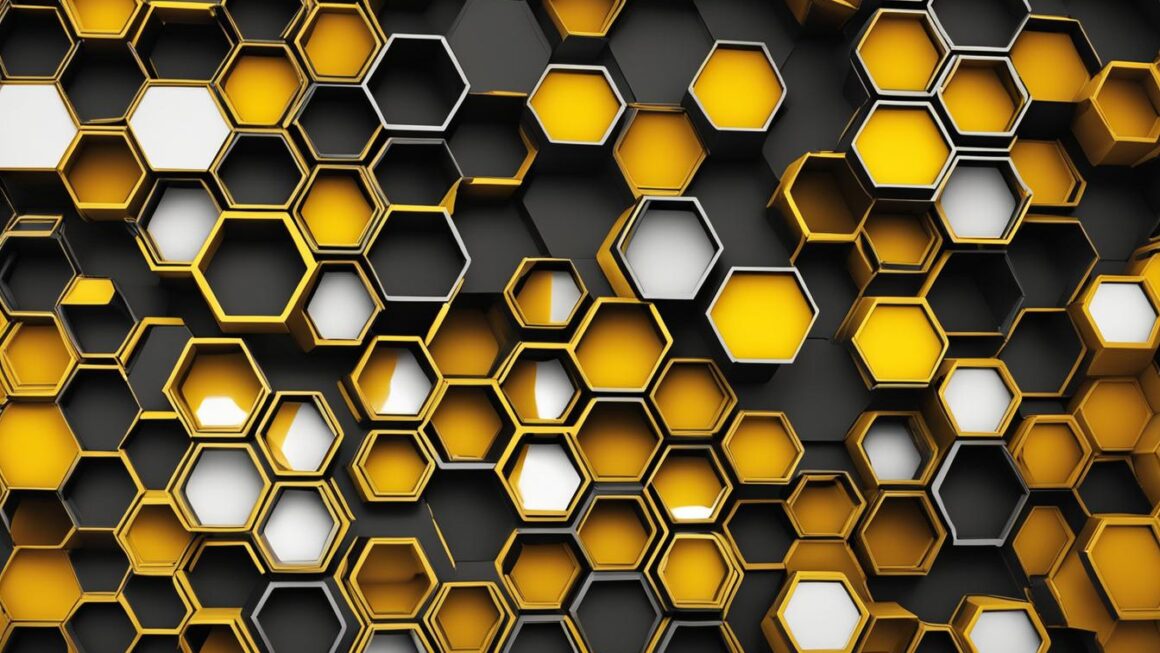As the digital landscape evolves, integrating the essence of technological advancement into our daily lives becomes paramount. Just as the 3D honeycomb infill pattern revolutionizes strength and efficiency in design and manufacturing, we can also apply innovative and environmentally conscious strategies to manage household pests, particularly carpenter bees.
Understanding Carpenter Bees
Carpenter bees, named for their nesting habits, can be quite the conundrum for homeowners. They bore into wood to create galleries for their offspring, often leaving behind a trail of destruction. Unlike their honey-producing relatives, these bees do not live in hives but prefer solitary lives, carving intricate 3d honeycomb-like tunnels in wood.
Identifying Carpenter Bee Activity
The first step in addressing a carpenter bee issue is to identify their presence. Look for round, smooth holes on the surface of wood structures around your home. You may also notice sawdust from their drilling or hear a faint buzzing from within the wood.
Natural Remedies to Deter Carpenter Bees
- Essential Oils: Mixtures containing citrus, tea tree, or peppermint oil can act as natural deterrents when applied to areas favored by carpenter bees.
- Noise: Just like the disruptive impact of digital noise on data transmission, actual noise can be unsettling to carpenter bees. Playing loud music or using ultrasonic repellents near the affected areas can discourage bees from settling.
- Boric Acid: A natural insecticide, boric acid can be used to treat the tunnels after bees have vacated, ensuring larvae do not survive to continue the cycle.
- Physical Blockades: Stainless steel wool or aluminum can be used to block the holes, similar to how firewalls protect against digital threats.
Preventive Measures
To prevent future infestations:
- Seal and Paint: Treat all exposed wood with a sealant and paint. This not only decorates your home but also seals the wood grain against carpenter bees.
- Hardwoods: Opt for hardwoods in construction. They are less attractive to carpenter bees compared to softwoods.
Repair and Maintenance
After addressing the infestation:
- Wood Putty: Use to fill the holes and repaint the surface. This also helps in maintaining the aesthetic value of your property.
- Replace: If the damage is severe, consider replacing the affected wood entirely to retain structural integrity.
Incorporating Technological Concepts
Drawing parallels with the 3D honeycomb structure, we can appreciate the strength and resilience of nature’s designs and apply these principles to develop robust solutions for carpenter bee prevention. The 3D honeycomb pattern is renowned for its durability and is a concept that can inspire us to build stronger, more resilient homes.
Conclusion: A Harmonious Coexistence
In our tech-driven era, it’s important to tackle problems with intelligent solutions that respect our ecosystem. By employing strategies that reflect the precision of a 3D honeycomb design, we can manage carpenter bees effectively while fostering an environment that thrives both digitally and naturally.
As we adapt to the digital culture that envelops us, let’s not forget that the best solutions are often those that align with the delicate balance of nature, drawing inspiration from its designs to create a symbiotic relationship between our homes and the environment.




